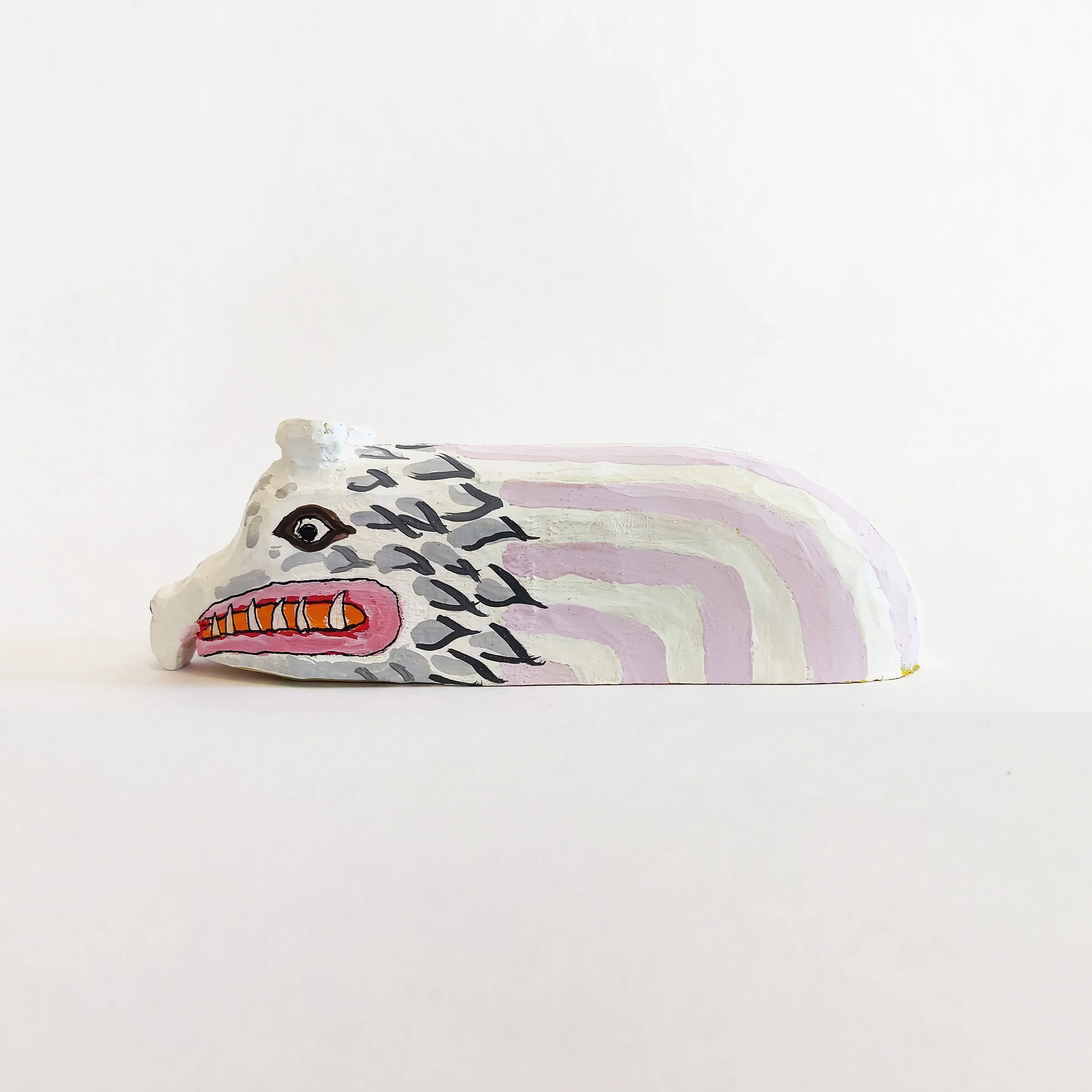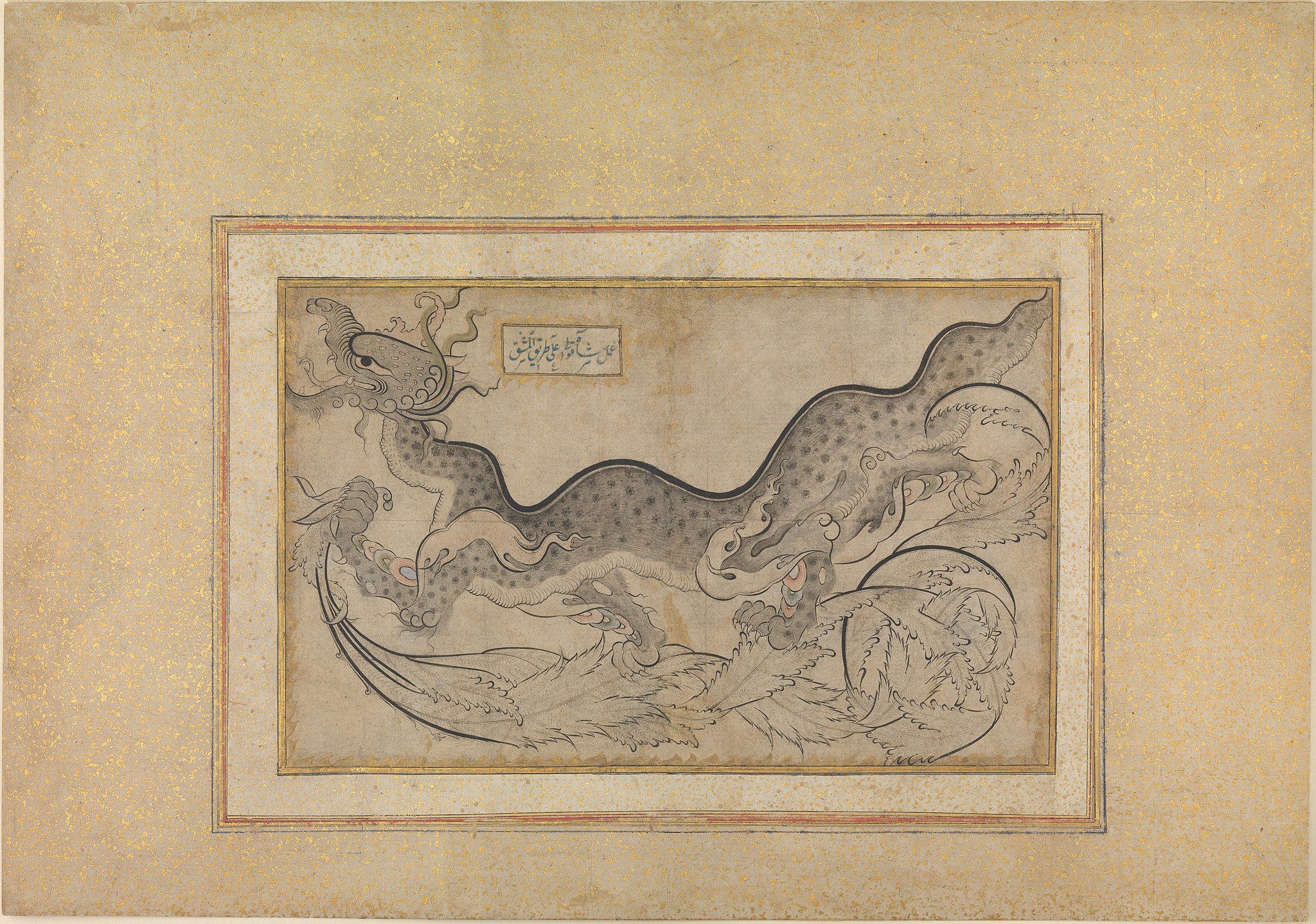This page is illustrated with knowledge worth sharing, much of which is in the public domain or licensed under creative commons designations. It may load slowly, thank you for your patience.
Al-Tinneen, the Dragon
Habitat: Worldwide
Favorite Food: Ice Cream
Last visit to the Western Prom: Last Tuesday.
Favorite Constellations: Al-Tinneen, the Dragon; Draco, the Dragon; Qīnglóng, the Azure Dragon
Alter-Egos: Many cultures tell stories about dragons. The constellation Draco, or Al-Tinneen, was known in ancient Babylon as Tiamat, a legendary sea dragon. Steipereidur, a sea monster that resembles some illustrations of Draco, was depicted on a map of Iceland drawn by Abraham Ortelius around the year 1590. It is portrayed as a sea dragon, but described in the notes as a dolphin the size of a blue-whale.
“STEIPEREIDUR, a most gentle and tame kind of whale, which for the defense of fishermen fights against other kinds of whales. It is forbidden by Proclamation that any man should kill or hurt this kind of Whale. It has a length of at least 100 cubites (150 ft.).”
Dragons and dragon-like creatures appear in the religion and folklore of many cultures around the world. You can read about some of them in this list of dragons in world folklore and mythology. Beliefs about dragons vary considerably through regions. Some are friendly, some are not. Some are dieties, some are demons. Some are associated with the sea, others with the sky. They appear in creation myths around the world — stories about the void, the stars and about order and chaos in the universe. The Tannin, from which the constellation Al-Tinneen takes its name, is a sea monster and a symbol of chaos in ancient Canaanite and Hebrew mythology. It is among the oldest known dragon myths. In modern Hebrew the word tanin means crocodile. Other dragons, mythical serpents and sea monsters of the ancient middle east include Lotan, Rahab, Apep, Tiamat, Mušḫuššu, and Leviathan. Here are some pictures of dragons and dragon-like beings around the world, throughout history.












































